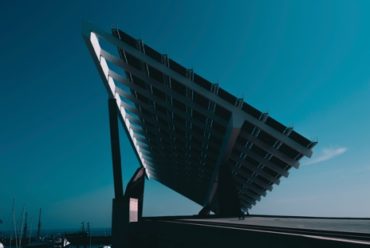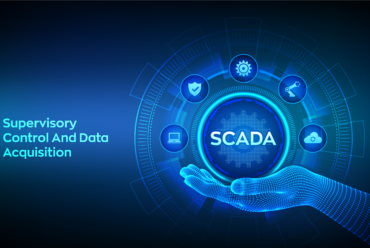Its More Than a Great Big Gray Box – Why is it Needed?
Known as SCADA, DAS or whatever you want to call it. The need for these types of data
collection systems on solar PV sites is no longer optional. And to moist of the
installation community, they are a mystery, full of different devices, multicolored
terminals, and a variety of wires and communications cables. And its all packaged
inside a gray steel (or off-white fiberglass, or maybe a gray poly carbonate)
enclosure that has lots of labels on it, a host of hard-to-understand instructions so it’s
no wonder the industry consider these to be best left to the “experts.”
But the reality is a lot different than those perceptions. In fact, this series of articles
aims to remove the mystery of SCADA and DAS hardware, particularly the
communications enclosures that are installed at every Power Conversion Station. We
will look at each internal component individually, generically of course, and discuss its
purpose, connectivity and why its needed in the first place. The more the industry
understands just what it is that is being specified and installed at any PV site, the
more likely they are to embrace the need for this hardware., And the more they
understand, the more they will be accepted as not as a difficult requirement, but as a
critical component within a site wide communications platform.
So, ready to gain some additional insight into these mysterious gray boxes? I promise
it won’t be too technical or deep, but just enough knowledge that helps you
understand how these are designed, built, installed, and connected. Let’s start with
the basics…
First, let me ask a question that often gets overlooked by the PV installation
community…why is communications even needed to begin with? There is a short
answer that will start the discussions.
In the early days (2010 or so), solar PV was considered a build-it and forget-it system
built mostly on large warehouse roofs. That is until two very high-profile rooftop fires
shook the nascent industry to its core., One on the east coast of the US and the other
on the west coast, the fires were caused by the same thing…inattention. The
operational mindset changed 180 degrees and now it was determined that PV
needed lots of attention and in a big way to prevent future system failures and loss of
performance. At heart, PV was being built as a financial performance system, and
energy generation was the driver that created the cash flow to make PV profitable.
And the more you know about the system, the more reliably it can be maintained and
serviced, enhancing its energy production. So, in the space of one short year, DAS and
SCADA went from being an expensive luxury to an absolute requirement on utility
scale PV projects.
Over the years since then, DAS and SCADA have only improved and yes, become
more complicated. But its has also become more reliable, the data collected is much
more accurate, and a wide variety of sensors are enabled that provide system
owners and asset managers a clear and timely picture of what each individual
system is or is not doing. Then based on the available information viewable remotely,
decisions can be made about the system’s operation, the need for a truck roll for
service, and the costs of each action that drives the next steps.
But data first must be collected correctly and that will be the basis of the different
chapters within the forthcoming series of articles. We will look at the types of
enclosures, their purpose and how they communicate together. We will also discuss
the disparate internal components as well and why they are needed and how they
are specified. Then we will also discuss external sensors, device connections, and a lot
about communications. It promises to be a lot to take in, but the more you know, the
more you will see DAS and SCADA as the critical systems that keep solar PV running
and generating power as designed.
Until next time…




